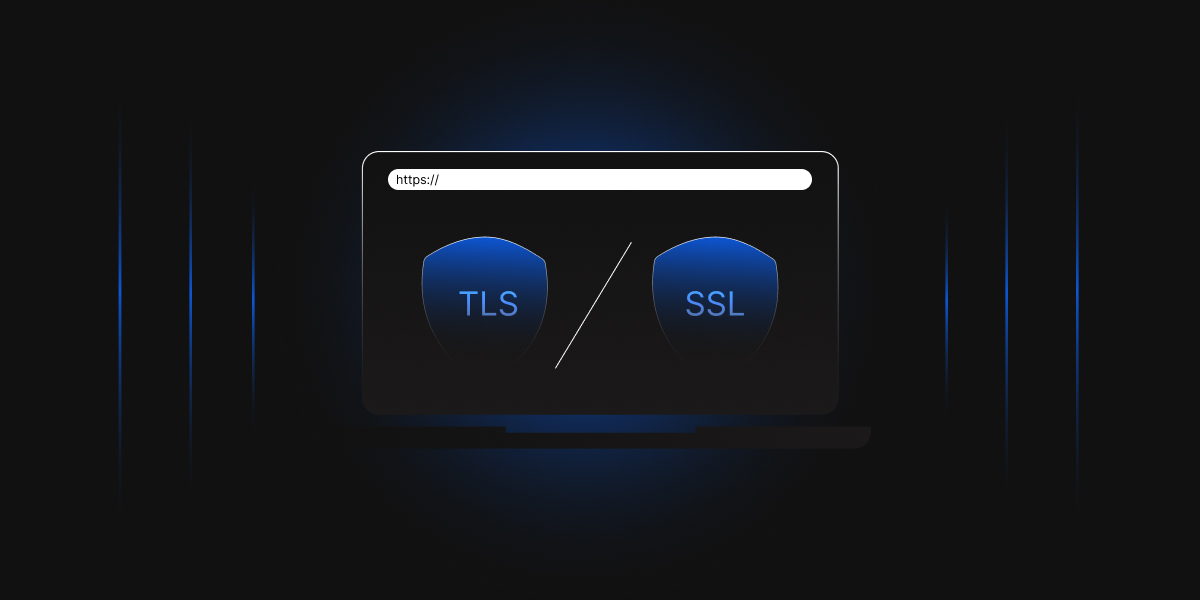In the fast-paced era of technology, safeguarding communication and preserving data privacy has become exceedingly important. Whether you are simply browsing a website, engaging in an online transaction, or dealing with confidential information, the utmost priority is to guarantee the security and protection of your data, shielding it from prying eyes and unauthorized access. To address this concern, the certificate chain of trust emerges as a pivotal concept that plays a vital role in ensuring data integrity and establishing a reliable framework for secure communication.
Understanding Digital Certificates
Before we dive into the certificate chain of trust, let’s first understand what digital certificates are. Digital certificates are issued by trusted entities known as certificate authorities (CAs). These certificates serve as a digital form of identification for websites, organizations, or individuals.
A digital certificate contains information about the identity of the entity it belongs to, such as the domain name of a website or the name of an organization. It also includes a public key used for encryption and verification purposes. The certificate also contains one or more digital signatures, indicating that the information in the certificate has been attested by some trustworthy person or entity, known as a certificate authority.
The Role of Certificate Authorities (CAs)
Certificate Authorities are considered trustworthy third parties when issuing digital security certificates like SSL, code signing, etc. They handle public keys and other encryption-related credentials. They also authenticate and associate websites, email addresses, businesses, and others with cryptographic keys. The CA is responsible for verifying and issuing the organization’s data with distinctive certificates. However, the CA will verify the information provided by the applicant with the Qualified Information Source (QIS) before granting the certificate.
At the top of the certificate hierarchy is a trusted entity called the root certificate authority (Root CA). The Root CA is responsible for issuing digital certificates to intermediate certificate authorities (Intermediate CAs). Intermediate CAs act as intermediaries between the Root CA and the end entities (e.g., websites or organizations) that require digital certificates. The Root CA authorizes these intermediate CAs to issue certificates and validate the identity of the entities they certify. Doing so, they vouch for the entity’s authenticity and establish trust in the certificate chain. CAs must follow strict guidelines and security practices to ensure the integrity and trustworthiness of the certificates they issue. They are audited and regulated to maintain the highest security and trust standards. Certificate Authorities (CAs) are crucial in the certificate chain of trust.
Establishing the Chain of Trust
The certificate chain of trust is a hierarchical structure that ensures the authenticity and integrity of digital certificates. It establishes trust between the end entity and the client (e.g., a web browser) by verifying the certificate’s validity. When a client connects to a website secured with HTTPS, the server presents its digital certificate. In simpler words, when a user accesses a website or service secured with a digital certificate, the web browser or client software performs a series of checks to establish trust in the certificate chain. Trust is a critical aspect of the certificate chain. It ensures that the certificates used in secure communication are authentic and have not been tampered with. Here’s how it works:
-
Certificate Validation
The first step is to validate the certificates in the chain. This involves verifying the digital signatures on each certificate using the public key of the issuing CA. The certificates are checked for tampering, ensuring the information has been kept the same since the certificate was issued. If any certificate fails the validation process, the chain of trust is broken.
-
Chain of Trust Verification
The client verifies the chain of trust by checking if the presented certificate is signed by a trusted root CA and if the intermediate CAs in the chain are trusted. This ensures that a trusted entity has issued the certificate and has not been tampered with.
-
Certificate Expiration Check
CEach certificate in the chain has an expiration date. The web browser or client software checks if the certificates are valid within their specified time frame. An expired certificate is considered invalid and cannot be trusted. If any certificate in the chain has expired, the chain of trust is broken
-
Revocation Checking
Besides expiration checks, the browser or client software also performs revocation checks. These checks ensure that the issuing CA has not revoked the certificates before their expiration date. Certificates can be revoked for various reasons, such as compromise or suspicion of fraudulent activity. The most common method for revocation checks is the use of Certificate Revocation Lists (CRLs) or Online Certificate Status Protocol (OCSP) to verify the status of the certificates.
-
Trusted Root Certificate Authorities
To establish trust in the certificate chain, the web browser or client software relies on a list of trusted Root Certificate Authorities (Root CAs). These Root CAs are pre-installed in the operating system or browser and are considered inherently trusted. The certificates in the chain are validated by verifying that they are signed by one of these trusted Root CAs.
Suppose the certificate chain passes all the validation and revocation checks, and the root CA is trusted. In that case, the web browser or client software establishes trust in the certificate chain and proceeds with secure communication. This is typically indicated by a padlock icon or a green address bar in the web browser, signifying a secure connection. If any of the steps fail, the client may display a warning or error to the user, indicating that the certificate is not trusted.
The Importance of the Certificate Chain of Trust
The certificate chain of trust is crucial for establishing secure communication over the Internet. By verifying the authenticity and integrity of digital certificates it ensures that the entities involved in the communication can be trusted and that the transmitted data is secure. Some of the key reasons include:
-
Authentication
The certificate chain of trust provides a mechanism for authenticating the identity of entities on the Internet. By relying on trusted Certificate Authorities (CAs) to issue and sign certificates, the chain of trust ensures that the entity holding the certificate is who they claim to be. This authentication is crucial in preventing impersonation and protecting against malicious actors attempting to deceive users.
-
Data Integrity
The certificate chain of trust ensures the integrity of data transmitted over the Internet. Digital certificates use cryptographic algorithms to create digital signatures, which are unique identifiers tied to the certificate and the data it protects. By verifying the digital signatures in the chain, recipients can be confident that the data has not been tampered with during transit.
-
Secure Communication
The certificate chain of trust is essential to secure communication protocols such as SSL/TLS. When a user visits a website secured with HTTPS, the certificate chain establishes a secure connection between the user’s browser and the website’s server. This ensures that sensitive information, such as passwords or credit card details, is encrypted and protected from unauthorized access.
-
Protection against Man-in-the-Middle Attacks
The certificate chain of trust is crucial in mitigating man-in-the-middle (MITM) attacks . In an MITM attack, an attacker intercepts communication between two parties and impersonates both ends. Users can detect and prevent MITM attacks by relying on trusted certificates and validating the certificate chain. If the certificates in the chain are invalid or tampered with, the browser or client software will display a warning, alerting the user to potential security risks.
-
Regulatory Compliance
Many industries and jurisdictions have regulatory requirements that mandate using secure communication protocols and trusted certificates. The certificate chain of trust ensures compliance with these regulations by providing a standardized and widely accepted mechanism for verifying the authenticity and integrity of certificates.
In summary, the certificate chain of trust is crucial for authenticating entities, ensuring data integrity, enabling secure communication, protecting against attacks, establishing trustworthiness, and meeting regulatory requirements. It forms the foundation of secure online interactions and is a fundamental component of cybersecurity in today’s digital world.
Conclusion
In conclusion, a certificate chain of trust is a hierarchical structure that ensures the authenticity and integrity of digital certificates used in secure communication.
It relies on trusted Certificate Authorities (CAs) to issue and sign certificates, creating a chain of trust from the root CA down to the end-entity certificate. This chain of trust plays a vital role in establishing the identity of entities, protecting data integrity, enabling secure communication, and building user trust.
The certificate chain of trust works by validating the certificates in the chain, performing revocation checks, and relying on trusted Root CAs. The certificate chain of trust is essential for securing online communications, protecting against impersonation, and ensuring data integrity. It also enhances user trust by indicating the trustworthiness of websites and services through visual indicators in web browsers.




